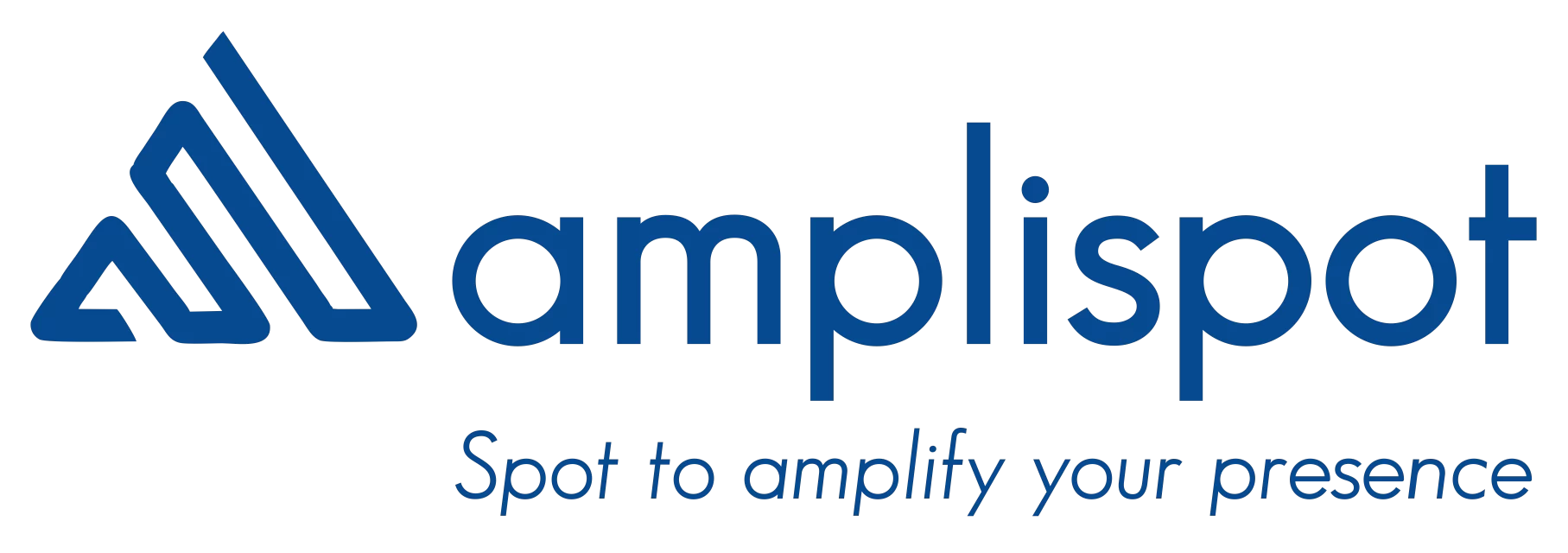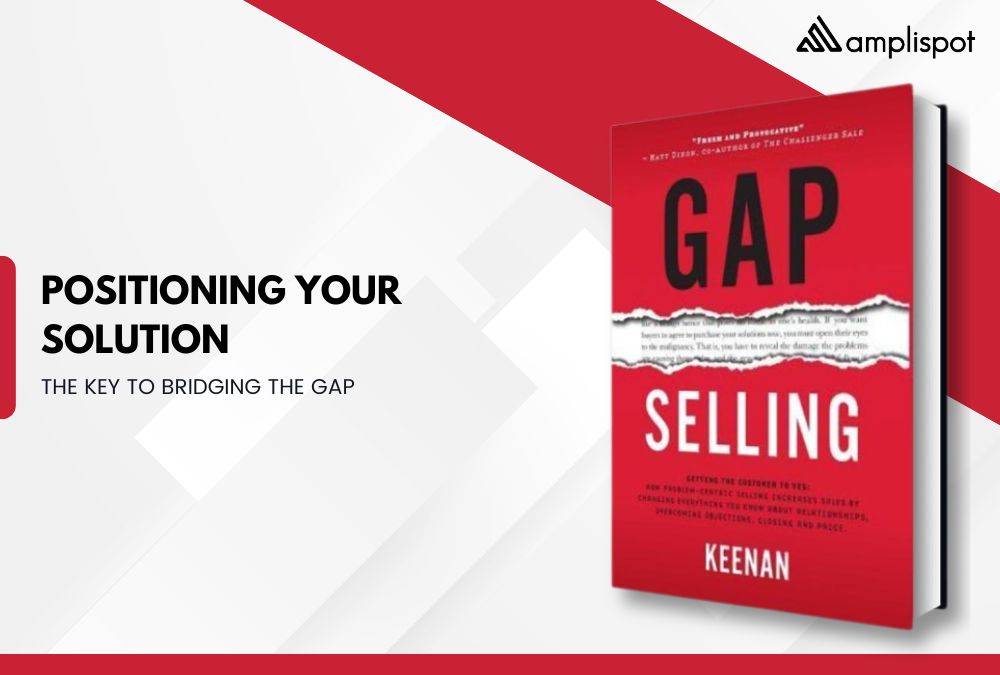Chapter 7
1. Why Positioning Matters
1.1 Aligns Your Solution with Their Needs
- Contextual Relevance: Positioning is about mapping your product or service to the buyer’s specific problem. The deeper your understanding of their unique gap (their Current State vs. Desired Future State), the more directly you can align your offering.
- Personalization: Today’s buyers expect a personalized approach. Generic pitches often fail because they don’t account for the nuances of the buyer’s environment, objectives, and pain points. Positioning shows you’ve done the homework.
1.2 Differentiates You from Competitors
- Buyer’s Perspective: Your competitors may have similar features, but if you tie your features to the buyer’s unique gap better than anyone else, you’ll stand out.
- Trust Factor: By emphasizing how your solution speaks directly to their challenges, you build credibility and trust—key elements in any sales relationship.
1.3 Clarifies Value
- Practical, Not Theoretical: Buyers can see the “before and after” and thus understand why your solution is essential.
- Reduces Ambiguity: A clearly positioned solution removes doubts about ROI or implementation feasibility, making it easier for buyers to commit.
2. The Gap: A Refresher
Before you can position your solution, you must ensure you fully understand the buyer’s gap:
- Current State: Their existing reality, including frustrations, inefficiencies, or missed opportunities.
- Desired Future State: Where they want to be—often expressed in terms of revenue goals, process improvements, or strategic outcomes.
- Cost of Inaction: The hidden or visible costs of staying in the Current State, which might involve lost revenue, wasted time, or strategic disadvantages.
Pro Tip: The larger and more tangible the gap, the more urgent the need to close it. Positioning your solution hinges on making that gap feel real and critical.
3. Step-by-Step Positioning Strategy
3.1 Step 1: Reiterate the Gap
- Why It Works: Buyers need constant reminders of the pain they’re experiencing and the benefits they stand to gain. This keeps the conversation centered on their objectives, not just your product.
- How to Do It Effectively:
- Summarize Key Pain Points: Start with a concise recap of their biggest struggles, using their own words if possible.
- Highlight Consequences: Emphasize the risks or losses (financial, strategic, emotional) tied to staying in the Current State.
- Paint the Desired Future: Briefly restate how life will look once the gap is closed—e.g., increased revenue, streamlined processes, less stress.
Example:
“You mentioned that your sales team misses nearly 20% of follow-ups because of manual tracking. That’s leading to approximately $100,000 in lost opportunities each quarter. If we can close that gap, we can transform those missed leads into closed deals, boosting both revenue and rep morale.”
3.2 Step 2: Tie the Solution to Their Needs
- Why It Works: When you map features to the buyer’s unique challenges, the solution feels custom-made.
- How to Do It Effectively:
- Focus on the “How”: Instead of just saying your product “does X,” show how it eliminates or reduces the specific pain you identified.
- Prioritize Relevance: Don’t overwhelm the buyer with every feature. Stick to the two or three capabilities that will have the most impact on their gap.
Example:
“Our platform’s lead-tracking dashboard automatically triggers follow-up reminders based on the buyer’s last action. This directly addresses your challenge of leads slipping through the cracks and ensures every opportunity is maximized.”
3.3 Step 3: Quantify the Results
- Why It Works: Hard numbers make the benefits real. It’s easier for buyers to justify decisions when they see clear, measurable outcomes.
- How to Do It Effectively:
- Use Relevant Metrics: Tie improvements to metrics that matter most to their business—could be revenue, costs, productivity, or customer satisfaction.
- Demonstrate ROI: Show a clear timeline or scope for returns—e.g., “Within 6 months, you’ll reduce costs by 15%.”
- Use Third-Party Data: If you have testimonials or case studies, incorporate them to add extra credibility.
Example:
“When we implemented this solution for another organization with a similar size and sales structure, they saw a 35% increase in follow-up completion and a 20% jump in quarterly revenue after just three months.”
3.4 Step 4: Paint a Picture of Success
- Why It Works: Buyers make decisions emotionally and justify them logically. A compelling vision helps them feel the positive impact of your solution.
- How to Do It Effectively:
- Use Stories or Case Studies: Share real-world scenarios of organizations that successfully bridged a similar gap.
- Appeal to Emotion: Go beyond numbers—discuss stress reduction, brand reputation, team morale, and professional growth.
Example:
“Imagine a world where your sales reps start each day with a clear, automated follow-up list, freeing up time for relationship-building and closing deals. Everyone on the team feels more confident, and your quarterly targets become more attainable.”
3.5 Step 5: Address Concerns with Confidence
- Why It Works: Handling objections head-on reduces friction and shows that you anticipate and understand buyer hesitations.
- How to Do It Effectively:
- Acknowledge the Concern: Never dismiss it. Validate their worries by showing empathy.
- Clarify and Counter: Use facts, data, or relevant case studies to demonstrate how your solution overcomes those concerns.
- Reinforce the Gap: Remind them of what’s at stake if they remain in the Current State.
Example:
Buyer Concern: “Implementation sounds time-consuming, and my team is already overloaded.”
Your Response: “I understand. Many of our clients felt the same way. However, our phased rollout approach ensures minimal disruption, and we include onboarding resources so your team can get up to speed in days rather than weeks. Plus, once automated follow-ups are in place, your reps actually save hours each week.”
4. Best Practices for Positioning Your Solution
- Speak Their Language
- Use industry-specific terms and reference tools they already use. This helps you connect faster and build credibility.
- Use industry-specific terms and reference tools they already use. This helps you connect faster and build credibility.
- Leverage Social Proof
- Provide stories of similar clients or organizations. Concrete examples often address unspoken objections.
- Provide stories of similar clients or organizations. Concrete examples often address unspoken objections.
- Limit Jargon & Complexity
- Buyers want straightforward answers. Focus on clarity, especially if your solution is technically complex.
- Buyers want straightforward answers. Focus on clarity, especially if your solution is technically complex.
- Keep It Conversational
- Your goal is a dialogue, not a monologue. Continuously check in with the buyer to gauge reactions and clarify misunderstandings.
- Your goal is a dialogue, not a monologue. Continuously check in with the buyer to gauge reactions and clarify misunderstandings.
- Be Honest About Limitations
- If there’s something your solution can’t do, be upfront. Honesty can foster trust more effectively than an overhyped promise.
5. Extended Real-Life Example
Here’s a more detailed illustration of how positioning works when the gap is well understood:
Scenario
A mid-sized company is struggling to manage their customer support tickets effectively. Their agents often lose track of urgent cases, leading to negative customer reviews and a dip in customer retention.
- Identify the Gap
- Current State: Average resolution time is 72 hours, causing frustration and leading to a 10% drop in monthly renewals.
- Desired Future State: Reduce resolution time to under 24 hours, aiming to increase renewals and improve customer satisfaction.
- Cost of Staying Put: Each lost renewal costs $2,000, and the company projects they’re losing $50,000 monthly due to poor service.
- Position the Solution
- Reiterate the Gap: “Your customers are waiting three days on average for a resolution, and each canceled subscription is costing you $2,000. This is a sizable financial and reputational risk.”
- Tie the Solution to Their Needs: “Our automated ticket-prioritization feature flags urgent cases in real time, ensuring agents address them immediately.”
- Quantify the Results: “By prioritizing these tickets first, you can cut resolution times in half, directly mitigating the $50,000 in monthly losses.”
- Paint a Picture of Success: “Imagine your team responding to critical issues within hours, delighting customers, and driving up renewals. Your support reputation would become a selling point, not a liability.”
- Address Concerns: “You might worry about the learning curve for your agents. Our platform includes an intuitive dashboard that most teams master within a week. In fact, 85% of our clients report minimal disruption post-implementation.”
6. Key Lessons from Chapter 7
- Sell Solutions, Not Products
- Core Principle: Buyers don’t just want a tool; they want an end to their struggle. Focus on the outcome rather than the tool.
- Core Principle: Buyers don’t just want a tool; they want an end to their struggle. Focus on the outcome rather than the tool.
- Speak Their Language
- Core Principle: Use the same terms, metrics, and pain points the buyer uses. This signals empathy and alignment.
- Core Principle: Use the same terms, metrics, and pain points the buyer uses. This signals empathy and alignment.
- Quantify Value
- Core Principle: Numbers speak louder than promises. Show them exactly what’s at stake and how your solution addresses it.
- Core Principle: Numbers speak louder than promises. Show them exactly what’s at stake and how your solution addresses it.
- Create a Vision
- Core Principle: It’s not just about fixing problems; it’s about enabling growth and success. Help them envision the positive change.
- Core Principle: It’s not just about fixing problems; it’s about enabling growth and success. Help them envision the positive change.
- Proactively Address Objections
- Core Principle: The best time to handle worries is before they become deal-breakers. Demonstrate that you’ve considered their perspective and have solutions ready.
7. Reflective Questions
To continuously improve your positioning strategy, ask yourself:
- Are We Positioning Our Solution as the Bridge to the Buyer’s Desired Future State?
- Action Item: After a sales call, review whether you clearly tied your offering to the buyer’s specific goals or if you drifted into generic selling.
- Action Item: After a sales call, review whether you clearly tied your offering to the buyer’s specific goals or if you drifted into generic selling.
- Are We Emphasizing Benefits That Directly Address Their Pain Points?
- Action Item: Make a checklist of the buyer’s top 3–5 pain points. For each, note the corresponding feature/benefit of your solution.
- Action Item: Make a checklist of the buyer’s top 3–5 pain points. For each, note the corresponding feature/benefit of your solution.
- Are We Using Data to Quantify the Value of Our Solution?
- Action Item: Gather relevant case studies, client testimonials, and metrics beforehand so you can reference them confidently during the conversation.
- Action Item: Gather relevant case studies, client testimonials, and metrics beforehand so you can reference them confidently during the conversation.
- Are We Painting a Compelling Vision That Engages Both Logic and Emotion?
- Action Item: Before your pitch, draft a brief success story or scenario that highlights the emotional and operational benefits of your solution.
8. Putting It All Together
When you position your solution effectively:
- You Align with the Buyer’s Unique Objectives. You’re no longer pushing a product; you’re offering a pathway to their Desired Future State.
- You Differentiate Yourself from the Competition. By centering your pitch on the buyer’s gap, you stand out from generic competitors.
- You Build Credibility and Trust. Demonstrating real-world impact with facts, figures, and success stories instills confidence.
- You Shorten the Sales Cycle. When the buyer sees how directly your solution addresses their pains, they’re more likely to make quicker decisions.
In essence, Chapter 7 of Gap Selling is the roadmap for turning a well-defined gap into a compelling case for change—one that makes buyers see your solution as indispensable. The key is empathy, clarity, data, and a shared vision of success.
Positioning isn’t just one part of the sales process—it’s the culmination of all your discovery, empathy, and insight. By skillfully linking your solution to the buyer’s pressing challenges and aspirations, you transform a sales pitch into a collaborative problem-solving session. That transformation is what closes deals, fosters long-term partnerships, and cements your reputation as a trusted advisor rather than just another salesperson.



